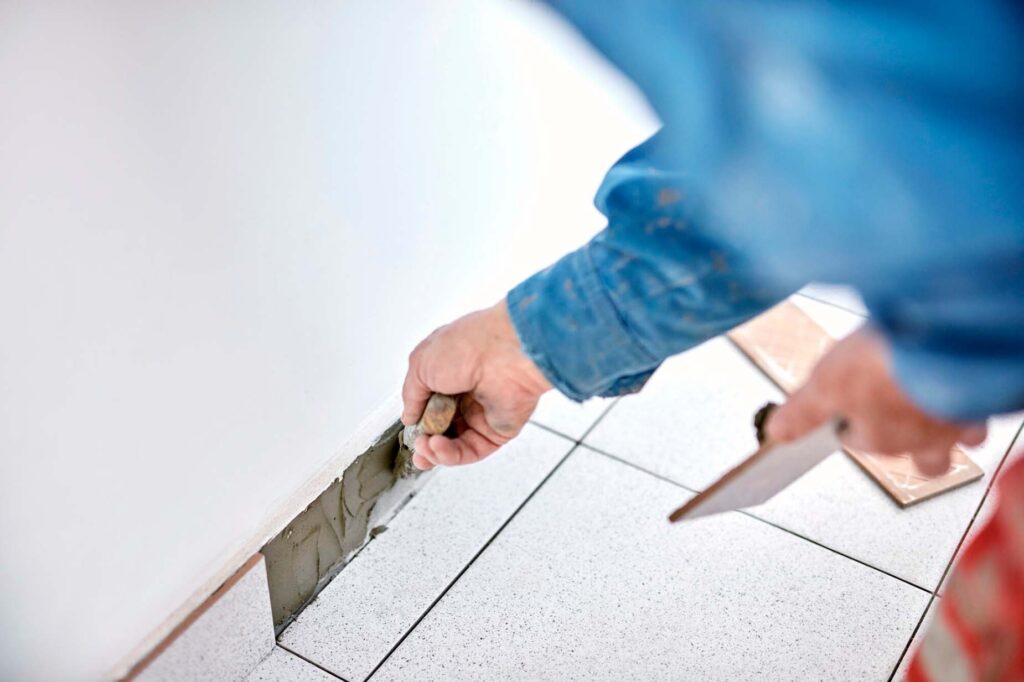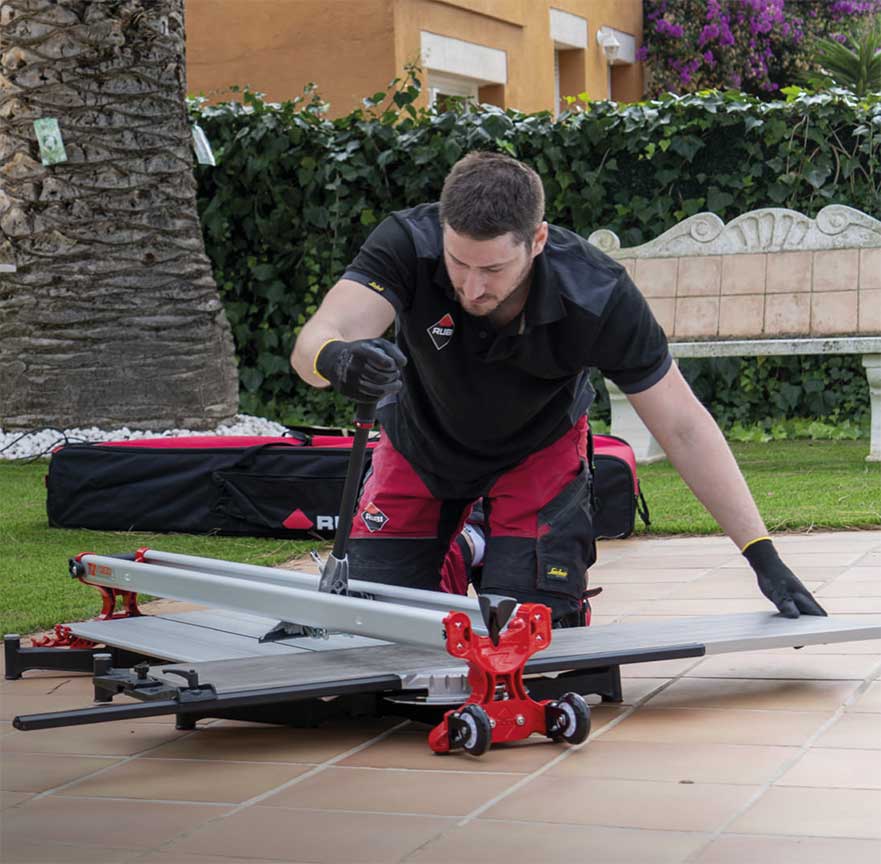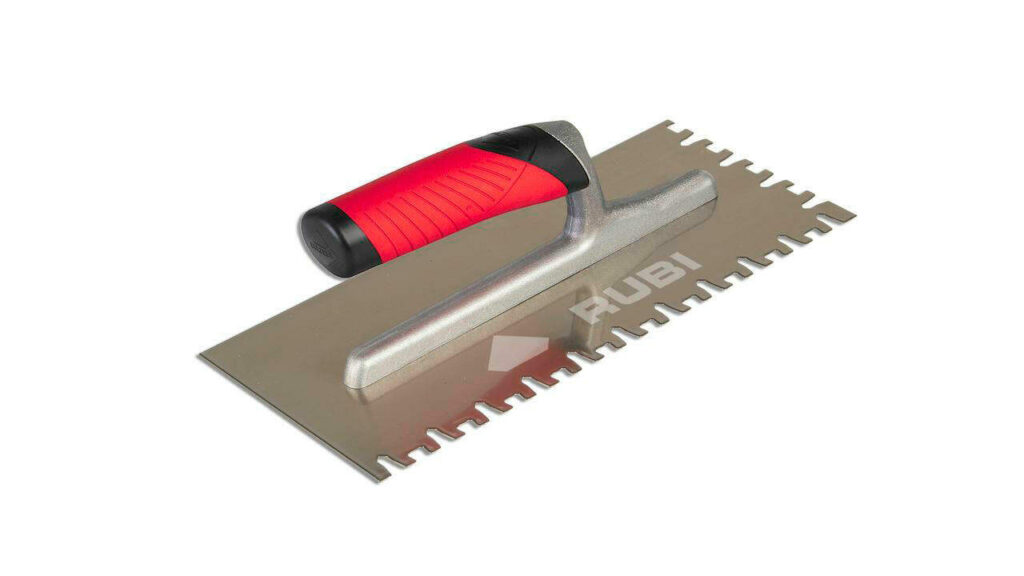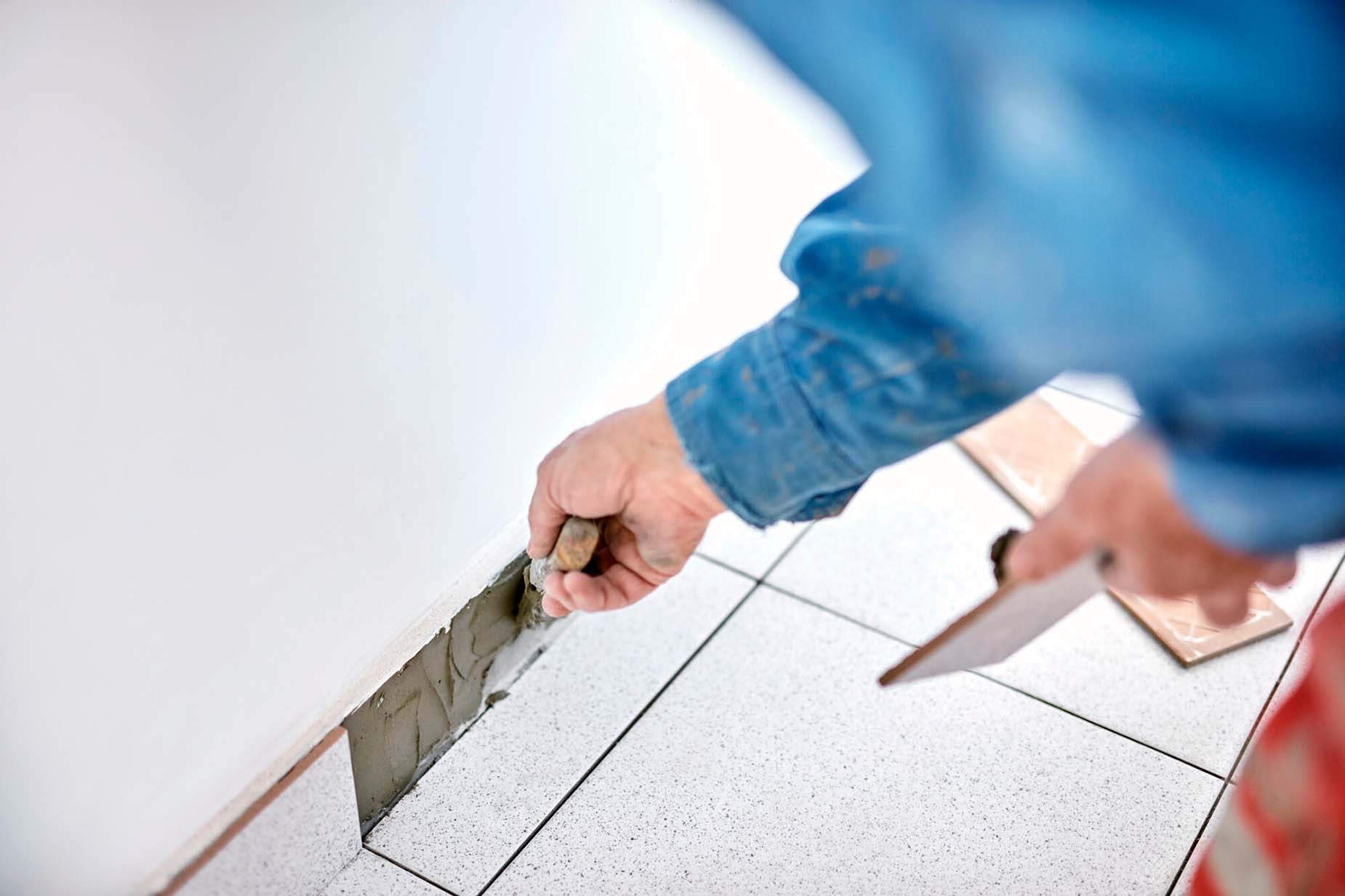Are you a professional tile installer looking for the right tools to do your job quickly, accurately, and efficiently? Or are you a DIY’er just starting out in tiling who wants to ensure they have everything they need before diving into their tile installation? Whatever level of expertise you bring to the table, having the right tiling tools can make all the difference between an outstanding result and one that needs redoing.


In this comprehensive guide, we’ll look at six essential must-haves in every pro’s toolkit so that you never find yourself short on equipment. Invest in these tools for a quick and easy tile installation process.
Do You Need Tiling Tools?
First, let’s answer a question we get all the time. As a professional tile installer, you certainly do need tools. But what about those DIY’ing a project at home? We still recommend having the right tiling tools, just the same as any professional.
Tiling projects can be a snap if you have the right tiling tools at hand. Even the tiniest tiling job requires materials like spacers and trowels that make all of the difference in accuracy and detail.
With higher-quality professional tiling tools, you get optimal performance so that each tile is placed neatly and evenly — which everyone can appreciate when it comes time to admire the transformation.
The bottom line is that not only will having the proper tiling tools help ensure that your project looks perfect, but they guarantee durability, too!
6 Tile Tools for Any Project
Before you begin, choose the right tools to take your project from start to finish. Start by evaluating the size and scope of your project. Smaller jobs may require fewer special tools, while larger projects require more specialized equipment.
Consider what type of tile you’re using when choosing the proper trowel width, and consider the adhesive you’ll use when picking up the notched trowel size. Make sure you also choose extra waterproofing or crack isolation products if needed.
If a tool or material isn’t listed in your guidelines or is unfamiliar, seek expert advice rather than risk an expensive repair down the line. Allocating extra time and money to choose good quality tiling materials and tools will save you headaches (or worse!) later on.
With those tips in mind, there are tiling tools that you’ll likely need for any project of any size. Here are six of the essential tools for tiling.
Tile Cutter
A tile cutter is essential for projects because it can precisely cut through different tile types, such as porcelain, ceramic, stone, and glass. Most tile cutters come in two varieties: electric tile wet saws and manual tile snap cutters.
Electric wet saws use a blade with a diamond or carbide grit that gets flooded with water during the cut to prevent the blade and tile from overheating.
Manual tile cutters are tabletop tools that score and snap the tile along its scored line. They generally work better with ceramic, porcelain, or glass tile.
As part of choosing the right tile cutter, you must also choose a good diamond blade. Choosing diamond blades for cutting can be tricky, so it’s important to consider what application and use the diamond blades will serve. We often recommend the CPC diamond blade. It’s ideal for cutting fine porcelain tiles up to one inch thick.
If you’re looking to cut various materials, such as ceramic wall and floor tiles, granite, rustic tiles, clinker refractory, slate, or porcelain tile, you may want to try the CEV continuous rim diamond blade or the TVH turbo viper diamond blade. These will ensure that your diamond blades easily cut through even the toughest materials.

Grout Float
Regarding tiling, grout float is one of the most essential tools you’ll need. Really, there’s no other tool like it, so it’s a must-have when starting any tiling project.
It looks like a masonry or concrete trowel, but the grout float has a rubber base and is used to apply the grout to the joints between tiles. In other words, grout float helps force the grout into joint spaces and scrape it flush with tile surfaces.
Our top tip here is to be mindful of the size you choose. Some rubber grout floats come in sizes that are more suitable for reaching hard-to-reach places so you can evenly smooth the grout.
Grout Sponge
A grout sponge is a big, dense, soft tool with rounded corners and edges, making it ideal for all tiling projects. The grout sponge should be used instead of an ordinary household sponge because using an ordinary sponge can easily pull the grout from the grout joints due to its sharp edges.
Furthermore, a grout sponge is much bigger than regular ones, making it more effective in cleaning excess grout off the tile faces. All in all, a grout sponge is one of the most important tools to have when someone is tiling. No DIYer would be able to complete a major tiling project without it.

Electric Mixer
By helping you achieve a consistent and even mortar mixture, electric mixers allow you to create durable tiles and floors. Electric mixers come in various speeds and motors suitable for mixing cement, adhesives, paints, resins, and other materials.
However, it’s not just about the mixer. It’s important to ensure you’re using the appropriate paddle for the mortar mix to avoid mistakes or errors. You won’t see the best results if you use the wrong paddle.
What’s the right electric mixer for your tiling project? It depends. It’s always a good idea to choose an electric mixer with sufficient power and speed settings to meet the needs of your project. Also, consider how easy it is to use. Electric mixers come with various safety measures and controls, so read up on any user manuals before using one.
Notched Trowel
A notched trowel is used to effectively spread tile adhesive on the wall or floor where you’ll place your tiles. Notched trowels come in different shapes and sizes depending on the type of adhesive used.
For thin-set mortar (used on floors), square or U-shaped notches are ideal, while V-notches are typically recommended when using mastic adhesives (for walls). No matter which one you choose, ensure you get the size recommended by the manufacturer so that your finished surface looks professional.

Tile Spacers
Finally, you’ll definitely need tile spacers. These small, plastic wedges help you achieve an even gap between all tiles so your installation will have a seamless, professional finish. They also prevent tile edges from butting against one another, eliminating any lumps or misalignments in your tile pattern.
Ultimately, tile spacers are essential if you want your tile installation to turn out perfectly since they provide a uniform space throughout the entire project and promote consistent grout lines for a more visually appealing result. They’re easy to install and come in various sizes, so you can use them for any size tile you need.
What About a Tile Leveling System?
You might notice we omitted one important tool from the tiling tools list. Yep, we’re talking about a tile leveling system. A tile leveling system ensures that all tiles in the field are held firmly and consistently level with each other, creating a perfect tile installation. The tile leveling system comprises wedges and clips, which attach to the tile without adhesives.
In short, they’re pretty essential, too. Here’s how to use one:
- To use one, start by attaching the wedge-shaped piece at each tile corner near the tile’s edge.
- Put a plastic clip onto each tile after fitting it into position.
- Use a special trowel to spread the adhesive over the tile, ensuring it levels off, with some pressure squeezed around the edges.
- Finally, press into place using either a mallet or your hands.
- Lift one side of each segment and slide out the clip holding it in place.
Voila! Your finished tile job should have cubes that look like little stairs.
Browse RUBI Tools
At Rubi Tools, we know tile installation requires the right tiling tools. That’s why we specialize in tile tools that make getting the job done faster and with fewer headaches easier. Whether you’re a beginner looking for simple tile placement tools or an expert searching for tile saws, tile nippers, tile cutters, and beyond, we’ve got you covered.
And, if you need a little guidance on tile tricks and tips, check out our helpful advice section to help ensure success from start to finish. Let Rubi Tools help you bring to life all your tiling project dreams.



Post a comment